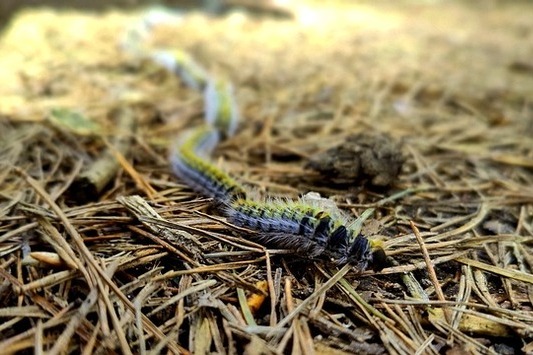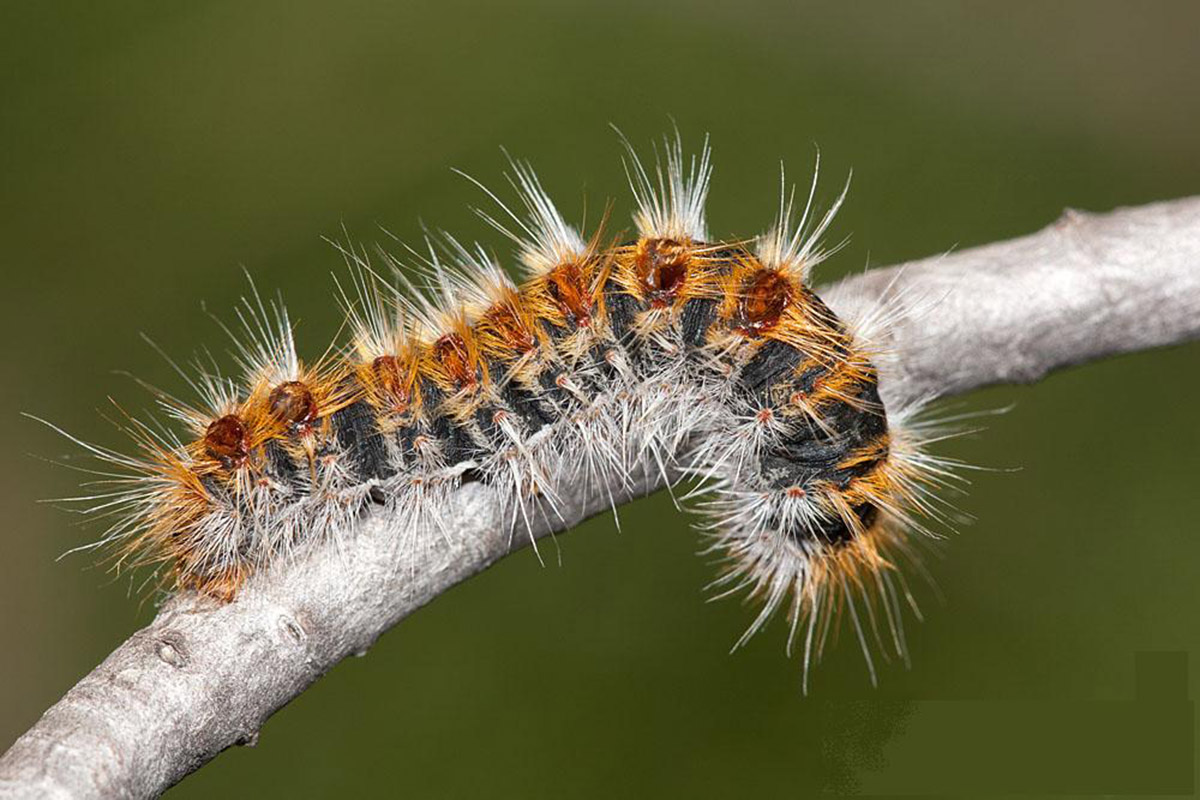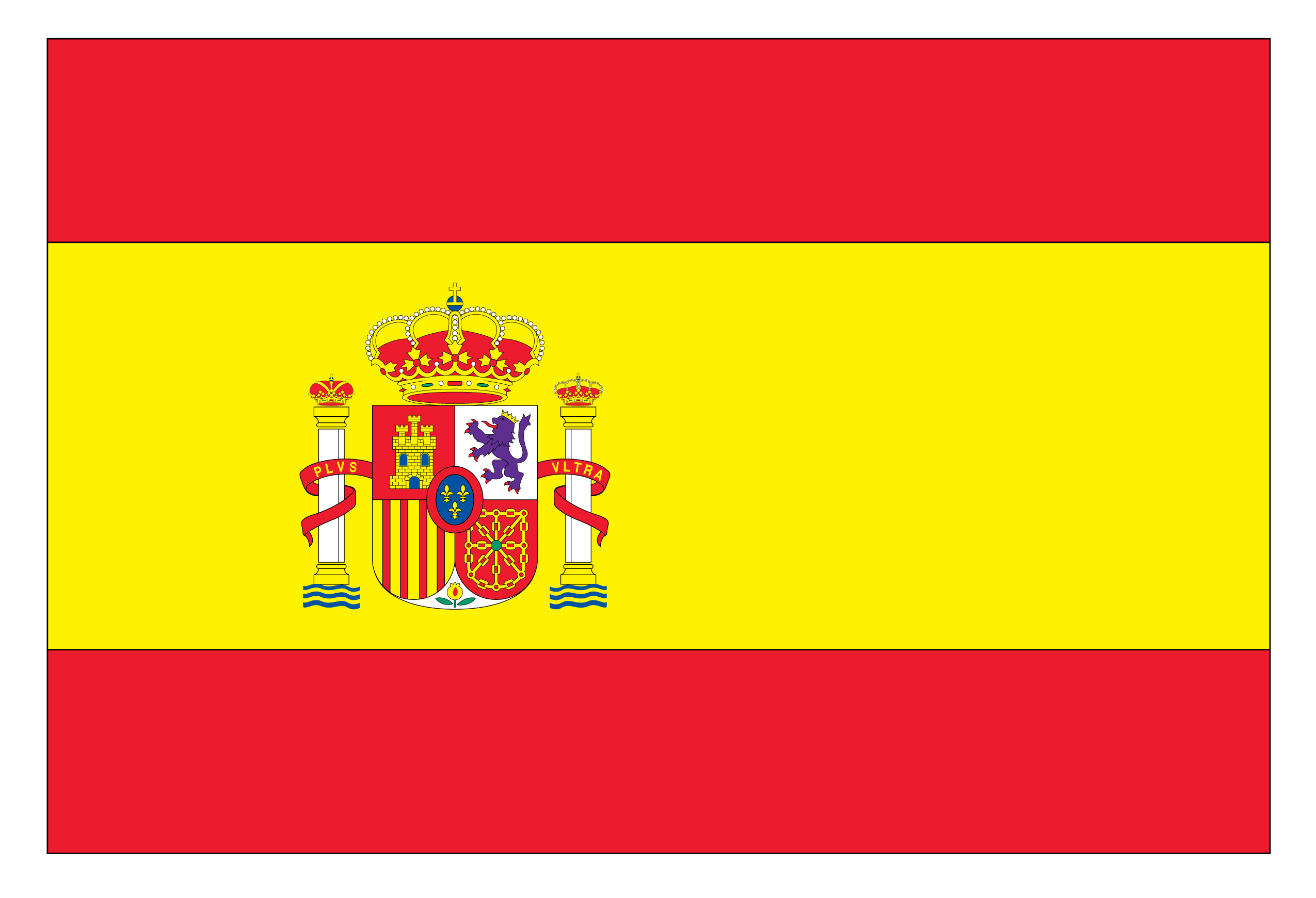Do you want to know how to get rid of pine processionary caterpillars? Discover the 6 best methods.

Although we tend to only think about it in the spring, the pine processionary spends several months with us, hiding high up in the pines.
The adult moth (the final stage of the caterpillar) lays its eggs at the end of summer. Once they hatch, the larvae begin feeding on the surrounding leaves and start building their nests — the familiar, cottony-looking bags that are so easily recognizable.
Although these bags may not seem like much from the outside, each one can house dozens, or even hundreds, of larvae.
Then, between February and March, as temperatures rise, the larvae descend in a line to the ground, searching for a place to bury themselves. By the end of summer, they will emerge as moths.
It is during this descent that they are at their most dangerous.
The real danger doesn’t come from the larvae themselves, but from the stinging hairs that cover their bodies, which can cause:
-
Urticaria and skin rashes (lasting anywhere from a few days to several weeks).
-
Respiratory issues if inhaled.
-
Eye irritation.
-
In animals, a bite could be fatal.
Moreover, during their development, the caterpillars are extremely voracious.
A colony of processionaries can devour all the needles of a pine tree. Once stripped, they’ll move to another tree, potentially killing the original host.
That’s why it’s crucial to eliminate them — and doing so before they descend to the ground is even better.

The 6 Most Effective Methods for Eliminating Processionary Caterpillars (+1 You Should Avoid)
The best time to eliminate the pine processionary is not in the spring, as many believe, but in the autumn.
When the eggs have just hatched and the nests are forming, the caterpillars haven’t yet developed their stinging hairs, making removal much safer.
There are also several methods you can use throughout the year to tackle this pest.
1. Biological Treatment Against Caterpillars
This method employs the bacterium *Bacillus thuringiensis*, which acts as a natural insecticide.
Applied in powder form to the affected plants, the caterpillars ingest the bacteria as they feed on the leaves.
This method poses no danger to plants, animals, or humans.
2. Manual Nest Removal
If the nests are within reach, manual removal is another option.
However, this approach carries some risks.
By winter or spring, the larvae will have fully developed and be covered in their stinging hairs.
If you choose this method, ensure you wear long gloves and appropriate protective gear to avoid contact with the hairs.
Once removed, the nests should be burned immediately in a suitable container. This will kill the larvae and destroy the stinging hairs, preventing them from spreading in the air.
It's best to remove nests during the warmest part of the day, when the larvae are inactive.
A useful trick is to moisten the nests before cutting them down to minimize the risk of rashes.
3. Breaking the Nests
This method is similar to manual removal but involves less direct risk.
The idea is to break open the nests, exposing the caterpillars to the cold. If done during winter, the low temperatures at night will kill the larvae.
However, it’s important to break the nests in the late afternoon. If done earlier, the larvae may have enough time to rebuild the nest before nightfall.
4. Physical Barriers
This method is straightforward but can be effective, though potentially expensive depending on the situation.
It involves placing a plastic barrier around the base of the pine tree where the caterpillars are nesting.
As they descend, the caterpillars can’t cross the barrier and eventually die.
This method is practical for gardens with one or two affected pines but may not be feasible for large properties or widespread infestations.
5. Pheromone Traps
Pheromone traps are more effective in the long term than the short term.
The traps use synthetic pheromones that mimic those released by female caterpillars, attracting males that become trapped inside the device.
While this method only targets a portion of the population, it disrupts the reproductive cycle, preventing future infestations by reducing the number of males available to mate with females by the following summer.
Pheromone traps are most effective when combined with other methods.
6. Natural Predators of the Pine Processionary
Certain birds and animals feed on pine processionary caterpillars. Attracting them to your garden can help control the infestation.
Birds that are natural predators of the processionary include:
- The great tit
- The blue tit
- The common chaffinch
- The blackbird
- The starling
For more tips on attracting birds to your garden, check out our dedicated post.
This method is more complex to implement but can complement other techniques.
Bonus: Should You Use Homemade Methods to Eliminate Processionaries?
You might have heard of homemade methods for dealing with processionaries, such as:
-
Soapy water: spraying nests with a soapy water mixture twice a day until the caterpillars die.
-
Homemade tobacco insecticide: this method involves mixing cigarette ashes with water and spraying it on the plants. The problem is that too much nicotine can harm the plants themselves.
Our advice is clear: avoid these methods at all costs.
Not only are their results uncertain, but they can also harm your plants — and handling nests incorrectly can be dangerous.
If you're facing a processionary infestation and want a quick, safe solution, it's best to stick to one of the methods listed above.

 English
English Spanish
Spanish